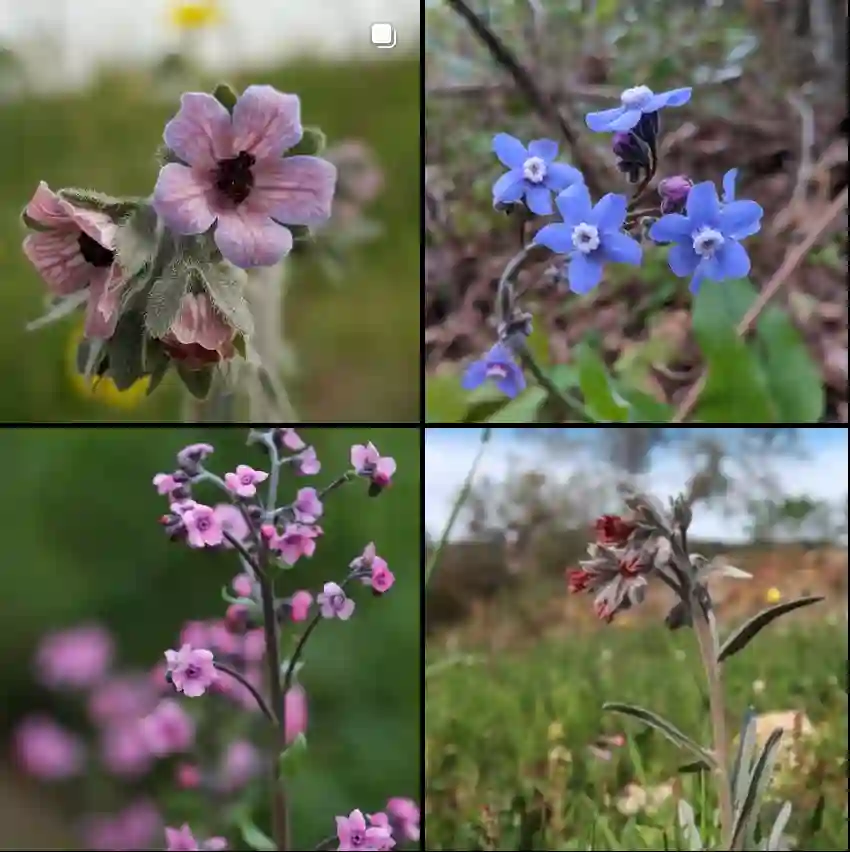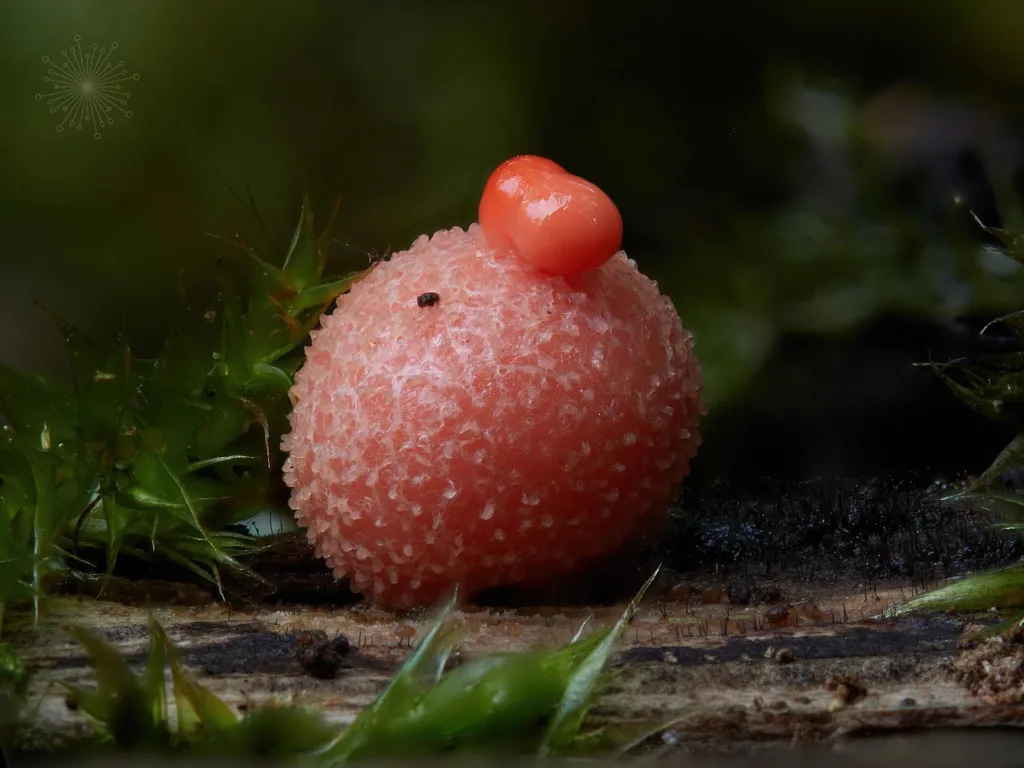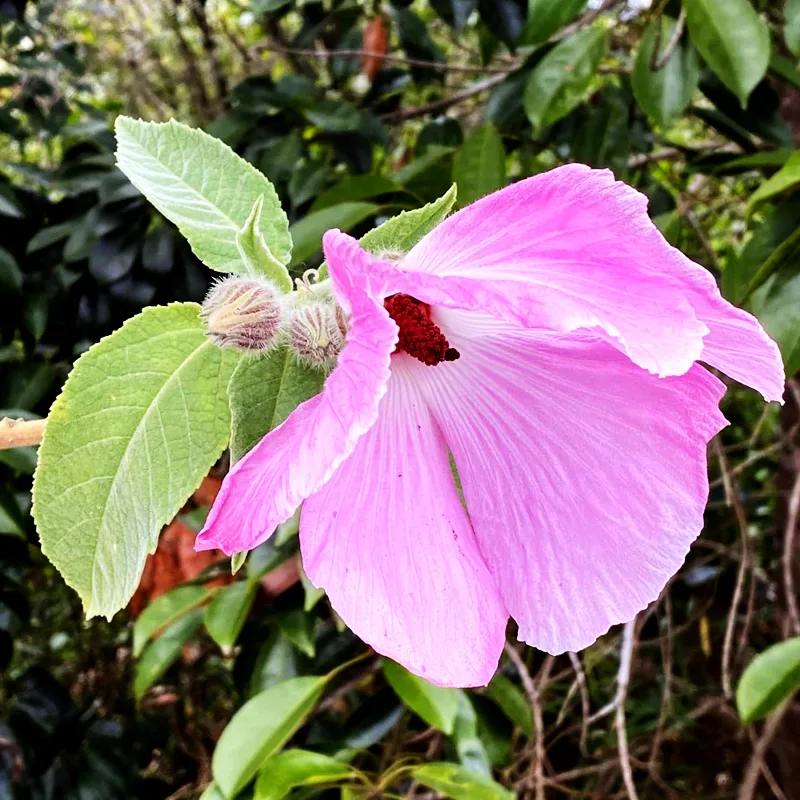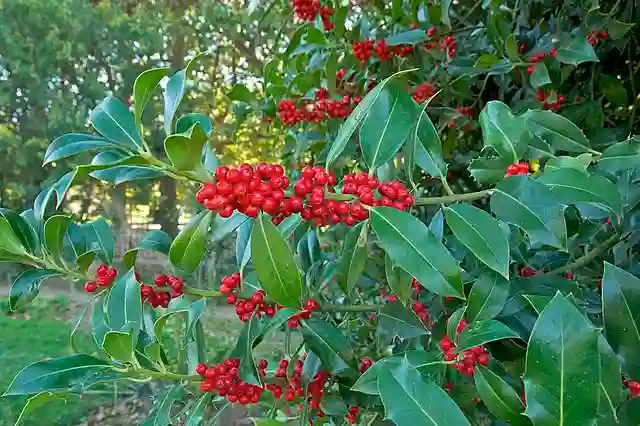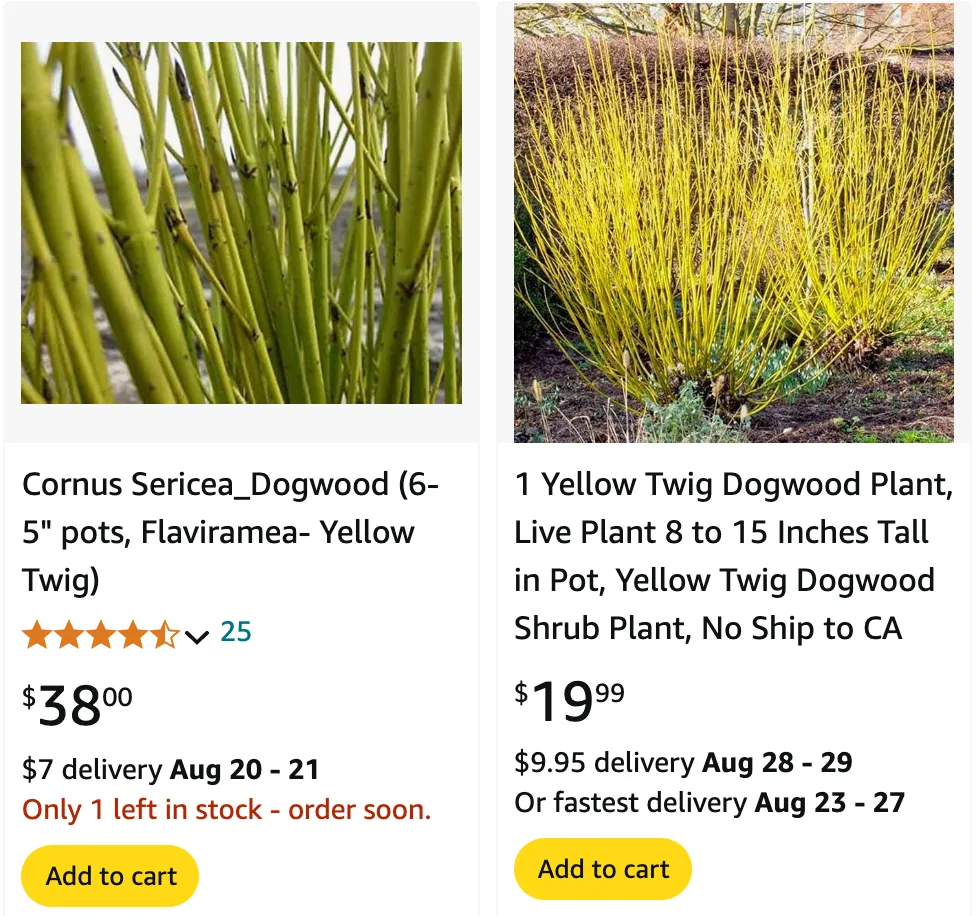
FAQs About Yellow Dogwood Shrub: Everything You Need to Know
When I first decided to plant Yellow Dogwood Shrubs in my garden, I had a million questions. If you’re considering these vibrant beauties for your own space, you might be wondering about their varieties, care, propagation, and more. Here’s a detailed guide based on my experiences and research to help you get started.
What is a Yellow Dogwood Shrub?
The Yellow Dogwood Shrub (Cornus Sericea) is a deciduous shrub known for its striking yellow stems, particularly in winter. Its vibrant color provides a lively contrast against the snowy backdrop, making it a standout feature in any garden. Besides its winter appeal, this shrub also offers lovely white or cream-colored flowers in the spring and attractive berries in the summer.
What Are the Different Yellow Dogwood Shrub Varieties?
I’ve come across several fascinating varieties of Yellow Dogwood Shrubs, each with unique characteristics:
- Cornus Sericea ‘Flaviramea’: This is the most popular variety with its bright yellow stems. It’s known for its exceptional winter color and adaptability to different soil types.
- Cornus Sericea ‘Silver and Gold’: This variety combines the yellow stems with green and white variegated leaves. It offers a more dynamic look throughout the year.
- Cornus Sericea ‘Bud’s Yellow’: Known for its more intense yellow color, this shrub is a great choice if you’re looking for something that really stands out in the winter months.
Each variety has its own charm and can be chosen based on the specific aesthetic you’re aiming for in your garden.
How to Care for Yellow Dogwood Shrubs?
Caring for Yellow Dogwood Shrubs is relatively straightforward, but a few key practices can ensure they thrive:
- Sunlight: These shrubs prefer full sun to partial shade. I’ve found that they perform best when they get at least 4-6 hours of direct sunlight each day.
- Soil: They’re quite adaptable but prefer well-drained, moist soil. Make sure the soil is rich in organic matter. Adding compost annually has worked wonders for my shrubs.
- Watering: Regular watering is crucial, especially during dry spells. However, avoid waterlogging, as this can lead to root rot.
- Pruning: To maintain the best stem color and shape, I prune mine back every spring before new growth begins. This encourages new growth and vibrant color.
- Fertilizing: A balanced fertilizer applied in early spring can promote healthy growth. I usually use a slow-release fertilizer to ensure a steady supply of nutrients.
How to Propagate Yellow Dogwood Shrubs?
If you’re looking to propagate Yellow Dogwood Shrubs, there are a few methods you can try:
- Cuttings: I’ve successfully propagated mine through hardwood cuttings taken in late summer or early fall. Simply cut 4-6 inch sections from the current year’s growth, remove the lower leaves, and plant them in a well-drained potting mix.
- Division: Another method is to divide the root clumps in early spring. This is especially effective for larger shrubs. Make sure each division has a good portion of roots and stems.
What to Plant with Yellow Dogwood Shrubs?
Pairing Yellow Dogwood Shrubs with complementary plants can enhance their beauty:
- Evergreens: Planting them alongside evergreens like Boxwood or Holly provides a great contrast and keeps your garden looking lush year-round.
- Perennials: Consider combining them with perennials such as Hostas or Daylilies. Their vibrant stems and seasonal flowers can create a stunning visual effect.
- Groundcovers: I’ve found that groundcovers like Creeping Jenny or Hostas work well with Yellow Dogwoods. They help to cover the ground and reduce the need for frequent weeding.
- Spring Bulbs: Planting spring bulbs like Tulips or Daffodils near Yellow Dogwoods can create a colorful spring display that transitions beautifully into the summer.
Common Issues and Solutions
Despite their hardiness, Yellow Dogwood Shrubs can face a few issues:
- Pests: Aphids and spider mites can sometimes be a problem. Regular inspection and occasional neem oil treatments can keep them in check.
- Disease: Watch out for powdery mildew, especially in humid conditions. Proper spacing and good air circulation can prevent most fungal issues.
- Winter Care: In colder regions, adding a layer of mulch around the base can help protect the roots during harsh winters.
By understanding these aspects, you’ll be well-equipped to enjoy the vibrant beauty of Yellow Dogwood Shrubs in your garden. Whether you’re attracted to their striking winter color or their lovely seasonal blooms, these shrubs can make a fantastic addition to your landscape.
If i die, water my plants!
